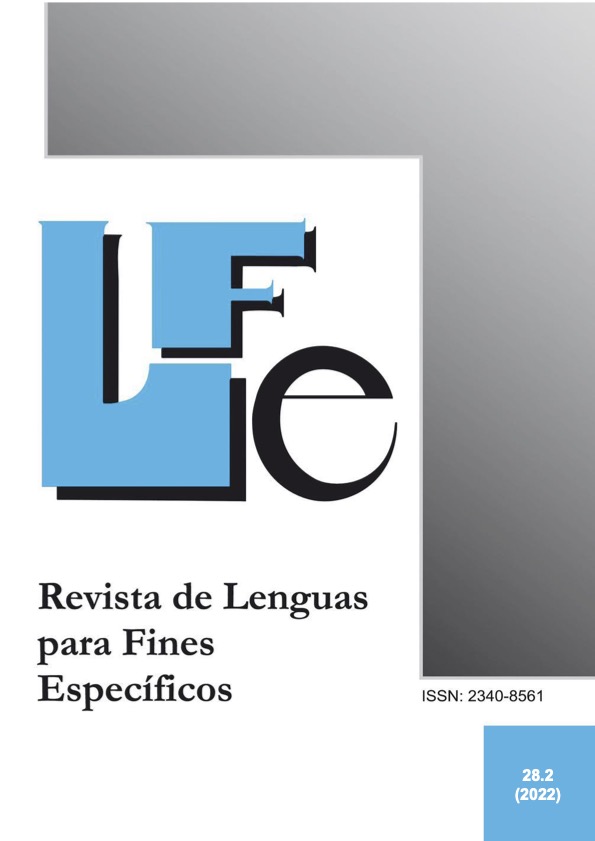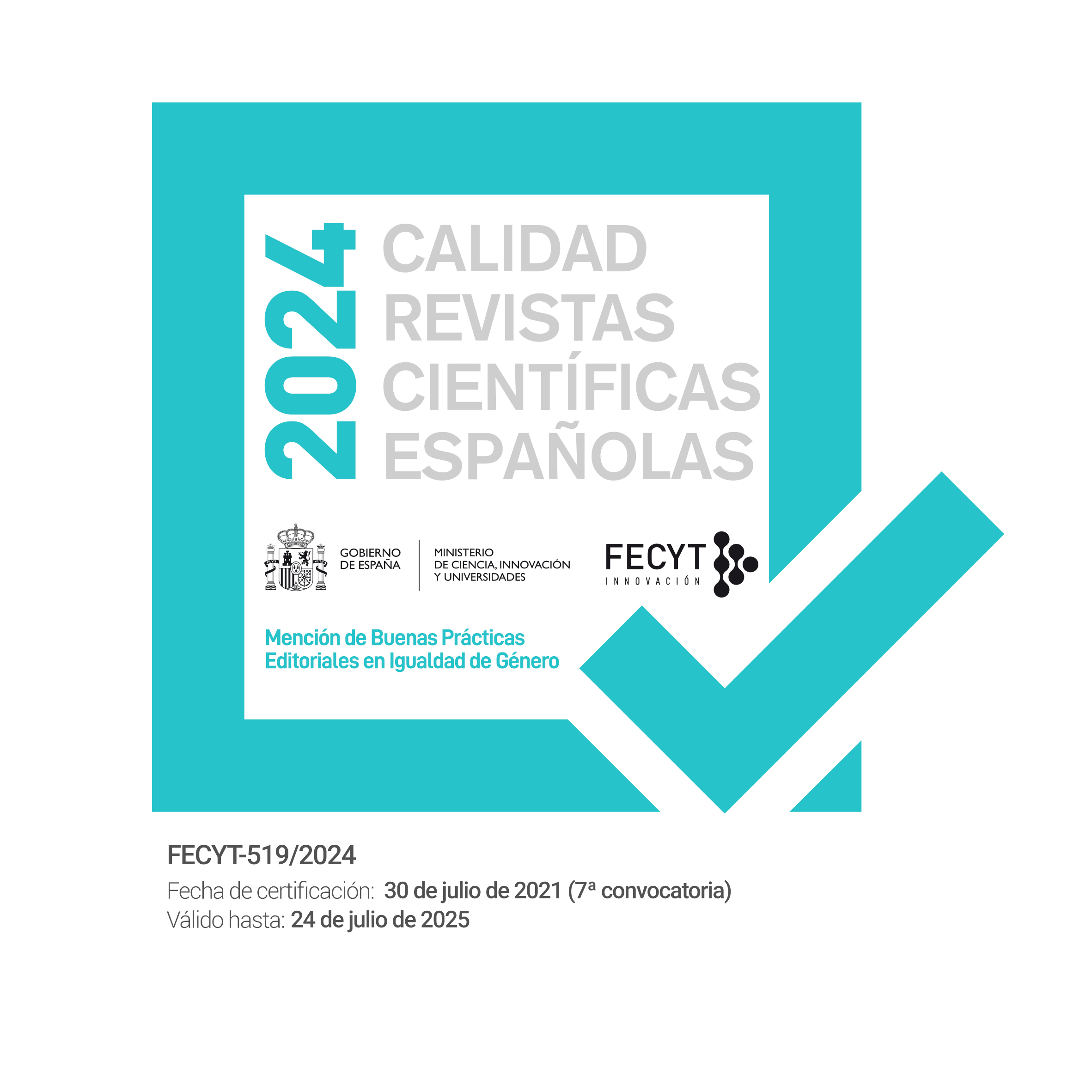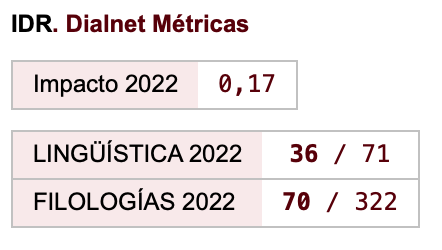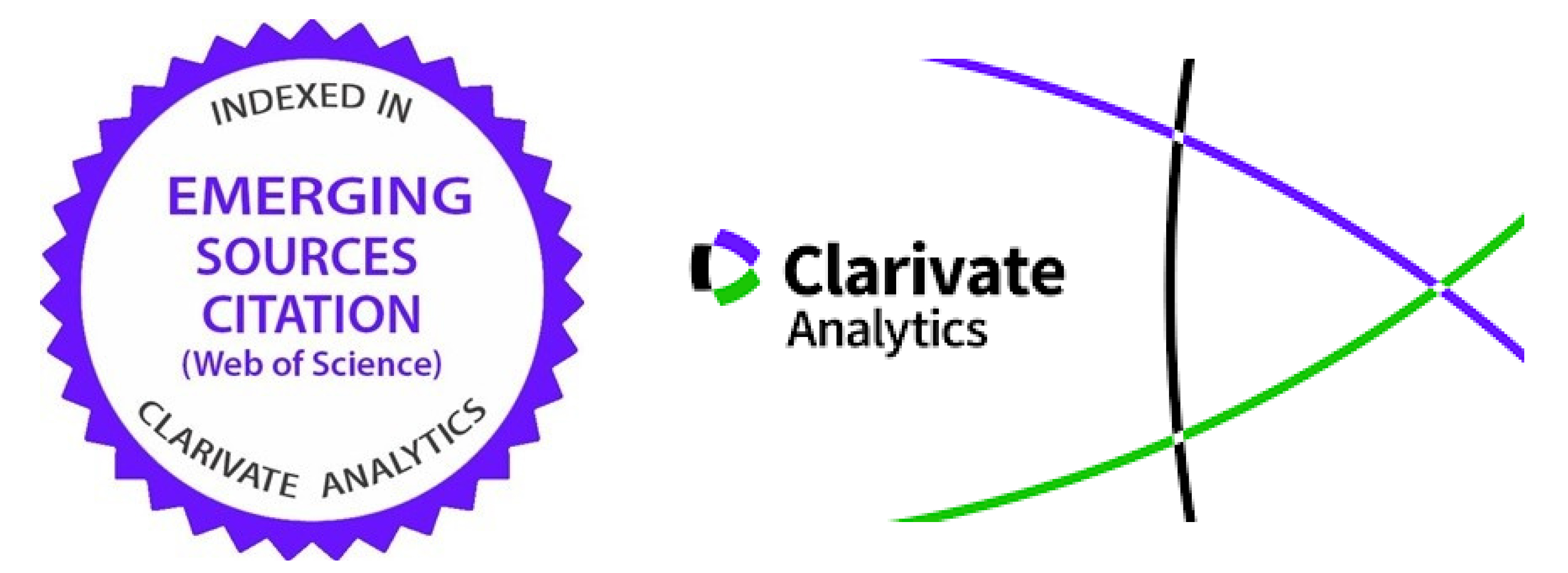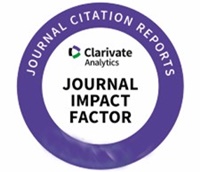Enhancing communicative competence and translation skills through active subtitling: a model for pilot testing didactic Audiovisual Translation (AVT)
Keywords:
audiovisual translation, didactic AVT, subtitling, language teaching, pilot testingAbstract
The current paper reports on empirical evidence from TRADILEX, a project intended to develop a methodological proposal integrating different AVT modes to enhance communicative competence in the L2. To this end, a didactic sequence has been articulated with 15 lessons that will be tested with B1 and B2-level learners from Spanish universities. In this article, we present the results of the pilot study for the subtitling sequence. The participants were students of English Philology (B2) at the University of Jaen. Before working on the lesson plans, participants took an initial test of integrated skills to assess their language command of the L2. Once completed, they started the didactic sequence, consisting of six lesson plans. Finally, participants took a final test of integrated skills, whose results are compared with those obtained from the initial test. The preliminary conclusions of the pilot study confirm that the communicative competence and the translation skills of students were enhanced. Beyond verifying the impact of didactic AVT on the learning process, the paper offers a model for pilot testing that can be used in future studies on didactic AVT.
Downloads
References
Alonso-Pérez, R., & Sánchez-Requena, A. (2018). Teaching foreign languages through audiovisual translation resources: Teachers’ perspectives. Applied Language Learning, 28(2), 1–24. http://shura.shu.ac.uk/18464/1/Alonso-Perez-TeachingForeign LanguagesThroughAVTranslation%28AM%29.pdf
Beltramello, A. (2019). Making the most of multimedia learning: evaluating the impact of combined audiovisual translation tasks on the acquisition of L2 multiword expressions. PhD thesis: National University of Ireland, Galway.
Borghetti, C. (2011). Intercultural learning through subtitling: The cultural studies approach. In L. Incalcaterra McLoughlin, M. Biscio, & M. À. Ní Mhainnín (Eds.), Audiovisual translation subtitles and subtitling: Theory and practice (pp. 111–137). Bern: Peter Lang.
Borghetti, C., & Lertola, J. (2014). Interlingual subtitling for intercultural language education: A case study. Language and Intercultural Communication, 14(4), 423–440. https://doi.org/10.1080/14708477.2014.934380
Calduch, C., & Talaván, N. (2017). Traducción audiovisual y aprendizaje del español como L2: el uso de la audiodescripción. Journal of Spanish Language Teaching, 4(2), 168–180. https://doi.org/10.1080/23247797.2017.1407173
Couto-Cantero, P., Sabaté-Carrové, M., & Gómez Pérez, M. C. (2021). Preliminary design of an Initial Test of Integrated Skills within TRADILEX: an ongoing project on the validity of audiovisual translation tools in teaching English. Research in Education and Learning Innovation Archives, 27, 73. https://doi.org/10.7203/realia.27.20634
Danan, M. (2010). Dubbing projects for the language learner: a framework for integrating audiovisual translation into task-based instruction. Computer Assisted Language Learning, 23(5), 441–456. https://doi.org/10.1080/09588221.2010.522528
Díaz-Cintas, J. (2012). Los subtítulos y la subtitulación en la clase de lengua extranjera. Abehache, 2(3), 95–104.
Díaz-Cintas, J., & Remael, A. (2021). Subtitling: concepts and practices. London: Routledge.
Fernández-Costales, A. (2021a). Audiovisual translation in primary education. Students’ perceptions of the didactic possibilities of subtitling and dubbing in foreign language learning. Meta, 66(2), 280-300. https://doi.org/10.7202/1083179ar
Fernández-Costales, A. (2021b). Subtitling and dubbing as teaching resources in CLIL in Primary Education: The teachers’ perspective. Porta Linguarum, 36, 175–192. https://digibug.ugr.es/bitstream/handle/10481/69830/10_Alberto%20Fernandez.pdf?sequence= 1&isAllowed=y
Herrero, C., Sánchez-Requena, A., & Escobar, M. (2017). Una propuesta triple. Análisis fílmico, traducción audiovisual y enseñanza de lenguas extranjeras. InTRAlinea Special Issue: Building Bridges between Film Studies and Translation Studies. http://www.intralinea.org/specials/article/2245
Ibáñez Moreno, A., & Vermeulen, A. (2017). Audio description for all: a literature review of its pedagogical values in foreign language teaching and learning. Encuentro, 26, 52–68. https://ebuah.uah.es/dspace/bitstream/handle/10017/34980/audio_ibañez_encuentro _2017_N26.pdf?sequence=1&isAllowed=y
Incalcaterra McLoughlin, L., Lertola, J., & Talaván, N. (2018). Audiovisual translation in applied linguistics: educational perspectives. Special Issue of Translation and Translanguaging in Multilingual Contexts, 4(1), 1–8. https://doi.org/10.1075/gest.8.3.02str
Laufer, B., & Girsai, N. (2008). Form-focused instruction in second language vocabulary learning: A case for contrastive analysis and translation. Applied Linguistics, 29(4), 694–716.
Lertola, J. (2013). Subtitling new media: audiovisual translation and second language vocabulary acquisition. PhD thesis. National University of Ireland, Galway.
Lertola, J. (2018). From translation to audiovisual translation in foreign language learning. Trans Revista de Traductología, 22(22), 185–202. https://doi.org/10.24310/TRANS.2018.v0i22.3217
Lertola, J. (2019a). Audiovisual translation in the foreign language classroom: applications in the teaching of English and other foreign languages. Research-Publishing.net.
Lertola, J. (2019b). Second language vocabulary learning through subtitling. Revista Española de Lingüística Aplicada/Spanish Journal of Applied Linguistics, 32(2), 486–514. https://doi.org/10.1075/resla.17009.ler
Lertola, J., & Mariotti, C. (2017). Reverse dubbing and subtitling: Raising pragmatic awareness in Italian English as a second language (ESL) learners. The Journal of Specialised Translation, 28, 103–121.
Navarrete, M. (2018). The use of audio description in foreign language education. Translation and Translanguaging in Multilingual Contexts, 4(1), 129–150. https://doi.org/10.1075/ttmc.00007.nav
Navarrete, M. (2021). Active audio description as a didactic resource to improve oral skills in foreign language teaching. PhD thesis. Universidad Nacional de Educación a Distancia (UNED).
Price, K. (1983). Closed-captioned TV: An untapped resource. MATESOL Newsletter, 12(1–8).
Sánchez-Requena, A. (2016). Audiovisual translation in teaching foreign languages: Contributions of revoicing to improve fluency and pronunciation in spontaneous conversations. Porta Linguarum, 26, 9–21.
Sánchez-Requena, A. (2018). Intralingual dubbing as a tool for developing speaking skills. Special issue of Translation and Translanguaging in Multilingual Contexts. Audiovisual translation in applied linguistics: beyond case studies, 4(1), 102–128. https://doi.org/10.1075/ttmc.00006.san
Sokoli, S. (2006). Learning via subtitling (LvS). A tool for the creation of foreign language learning activities based on film subtitling. In M. Carroll & H. Gerzymisch-Arbogast (Eds.), Copenhagen conference MuTra: Audiovisual. 1-5 May (pp. 66–73). http://www.euroconferences.info/proceedings/2006_Proceedings/2006_Sokoli_Stravoula.%0Dpdf
Sokoli, S., Zabalbeascoa, P., & Fountana, M. (2011). Subtitling activities for foreign language learning: What learners and teachers think. In L. Incalcaterra McLoughlin, M. Biscio, & M. Á. Ní Mhainnín (Eds.), Audiovisual translation. Subtitles and subtitling: theory and practice (pp. 219–242). Bern: Peter Lang.
Talaván, N. (2006). Using subtitles to enhance foreign language learning. Porta Linguarum, 6, 41–52. http://www.ugr.es/~portalin/articulos/PL_numero6/talavan.pdf
Talaván, N. (2009). Aplicaciones de la traducción audiovisual para mejorar la comprensión oral del inglés. PhD thesis. Universidad Nacional de Educación a Distancia (UNED).
Talaván, N. (2013). La subtitulación en el aprendizaje de lenguas extranjeras. Barcelona: Octaedro.
Talaván, N. (2019). Creative audiovisual translation applied to foreign language education: a preliminary approach. Journal of Audiovisual Translation, 2(1), 53–74. https://www.jatjournal.org/index.php/jat/article/view/57
Talaván, N. (2020). The didactic value of AVT in foreign language education. In Ł. Bogucki & M. Deckert (Eds.), The Palgrave handbook of audiovisual translation and media accessibility (pp. 567–591). London: Palgrave Macmillan.
Talaván, N., & Ávila-Cabrera, J. J. (2015). First insights into the combination of dubbing and subtitling as L2 didactic tools. In Y. Gambier, A. Caimi, & C. Mariotti (Eds.), Subtitles and language learning (pp. 149–172). Bern: Peter Lang.
Talaván, N., & Ávila-Cabrera, J. J. (2016). Collaborative networks to provide media accessibility: The potential of Subtitling. Porta Linguarum, 81(Monográfico I), 125–138. http://www.ugr.es/~portalin/articulos/PL_monograph1_2016/art_10.pdf
Talaván, N., Ávila-Cabrera, J. J., & Costal, T. (2016). Traducción y accesibilidad audiovisual. Barcelona: Editorial UOC.
Talaván, N., & Costal, T. (2017). iDub – The potential of intralingual dubbing in foreign language learning: How to assess the task. Language Value, 9(1), 62–88. https://doi.org/dx.doi.org/10.6035/LanguageV.2017.9.4
Talaván, N., & Lertola, J. (2016). Active audiodescription to promote speaking skills in online environments. Sintagma: Revista de Lingüística, 28(28), 59–74. https://doi.org/10.21001/sintagma.2016.28.04
Talaván, N., & Lertola, J. (2022). Audiovisual translation as a didactic resource in foreign language education. A methodological proposal. Encuentro: revista de investigación e innovación en la clase de idiomas, 30, 23–39. Talaván, N., Lertola, J., & Costal, T. (2016). iCap: Intralingual captioning for writing and vocabulary enhancement. Alicante Journal of English Studies, 29, 229–247.
Talaván, N., & Rodríguez-Arancón, P. (2018). Voice-over to improve oral production skills. In J. D. Sanderson & C. Botella-Tejera (Eds.), Focusing on audiovisual translation research (pp. 211–229). Valencia: Publicacions Universitat de Valencia.
Talaván, N., Rodríguez-Arancón, P., & Martín-Monje, E. (2015). The enhancement of speaking skills practice and assessment in an online environment. In M. L. Cancelas y Ouviña & S. Sánchez Rodríguez (Eds.), Tendencias en educación y lingüística (pp. 329–351). Madrid: Editorial GEU.
Torralba Miralles, G. (2016). L’aprenentatge de llengües a través de la traducció audiovisual la subtitulació com a eina per a l’adquisició de lèxic en llengua estrangera. PhD thesis. Universitat Jaume I.
Vanderplank, R. (1988). The value of teletext sub-titles in language learning. ELT Journal, 42(4), 272–281. https://doi.org/10.1093/elt/42.4.272
Williams, H., & Thorne, D. (2000). The value of teletext subtitling as a medium for language learning. System, 28(2), 217–228. https://doi.org/10.1016/S0346-251X(00)00008-7
Downloads
Published
How to Cite
Issue
Section
License
Authors who publish with this journal agree to the following terms:
- Authors retain copyright and grant the journal right of first publication with the work simultaneously licensed under a Creative Commons Attribution License that allows others to share the work with an acknowledgement of the work's authorship and initial publication in this journal.
- Authors are able to enter into separate, additional contractual arrangements for the non-exclusive distribution of the journal's published version of the work (e.g., post it to an institutional repository or publish it in a book), with an acknowledgement of its initial publication in this journal.
- Authors are permitted and encouraged to post their work online (e.g., in institutional repositories or on their website) prior to and during the submission process, as it can lead to productive exchanges, as well as earlier and greater citation of published work (See The Effect of Open Access).

Revista de Lenguas para fines específicos is licensed under a Creative Commons Reconocimiento-NoComercial-SinObraDerivada 4.0 Internacional License.

